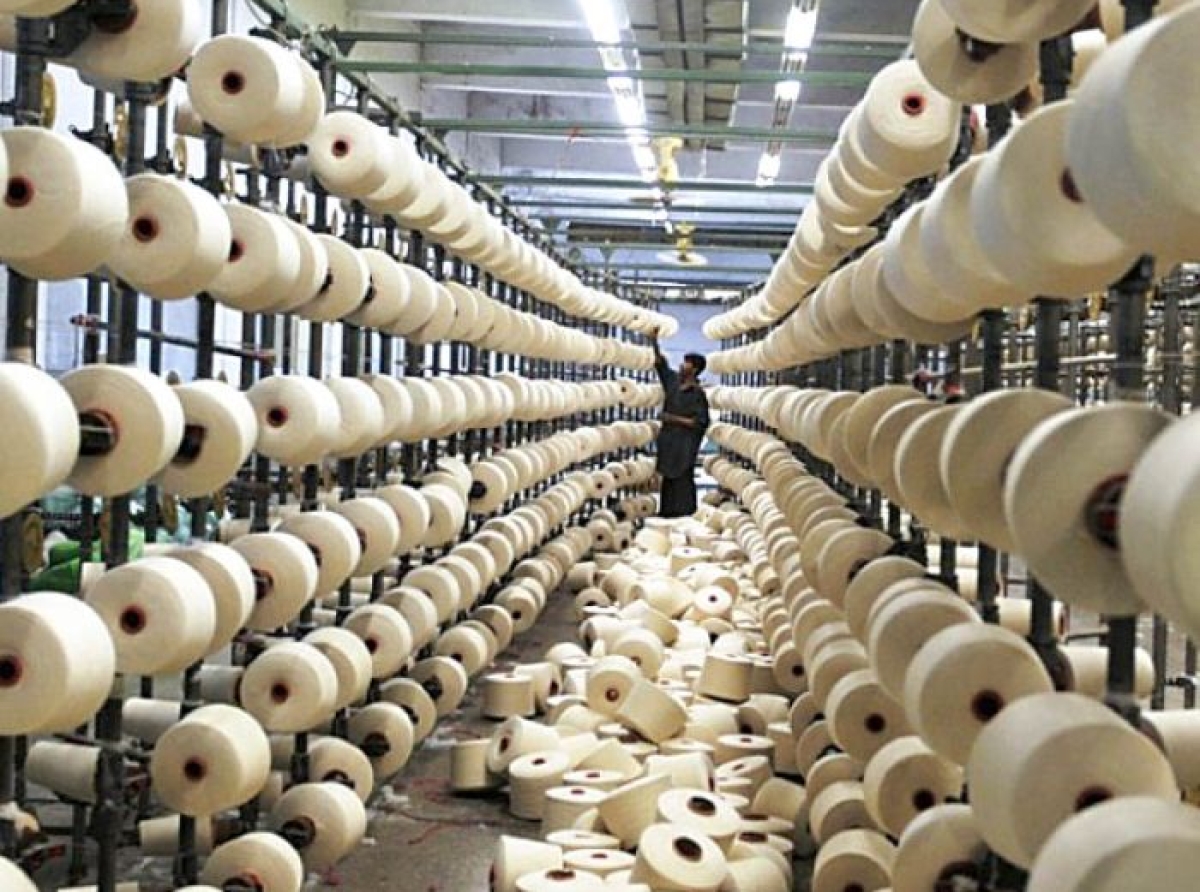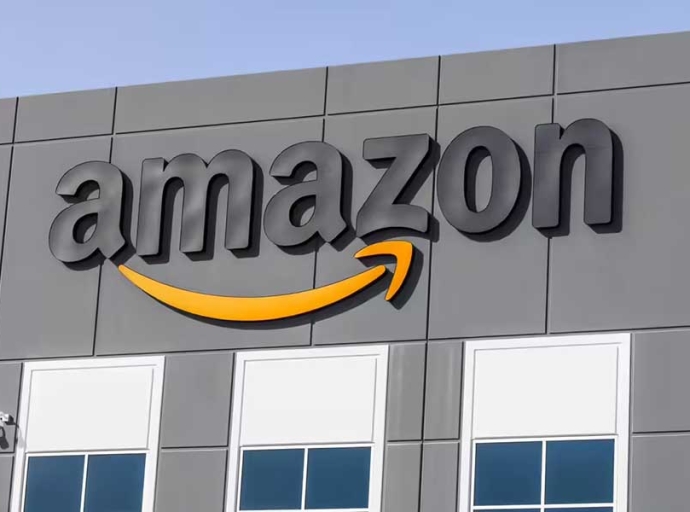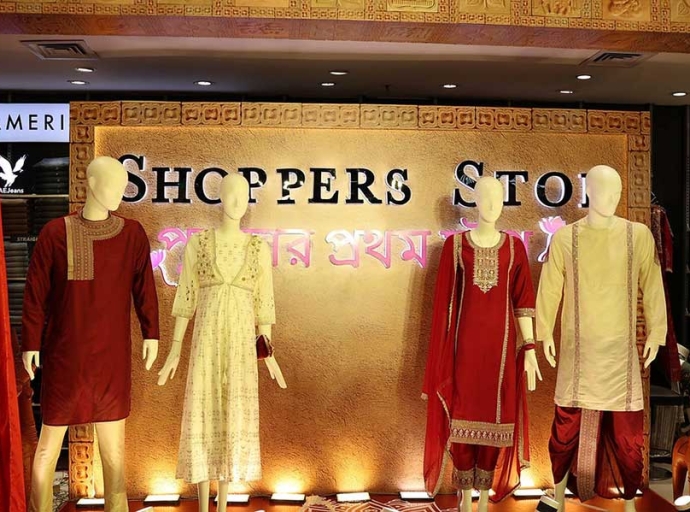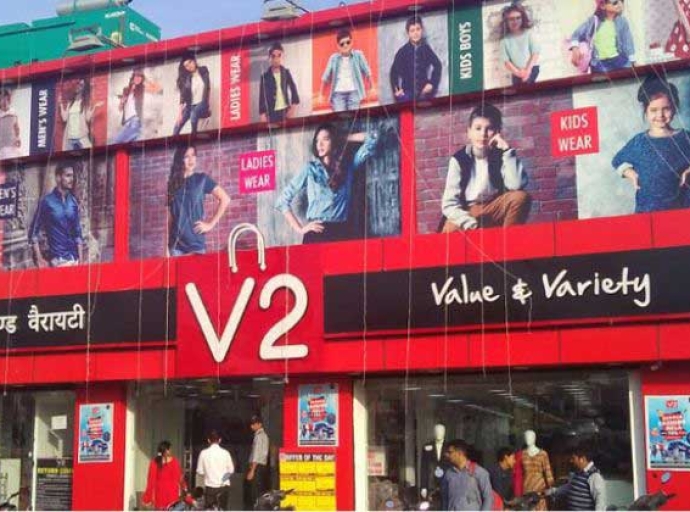29 April 2023, Mumbai
The BRIC countries cover more than 25% of the world's landscape and 40% of the world's population, and they are accountable for a combined GDP of 15.435 trillion dollars.
The textile and fashion industry in BRICS countries is expected to grow at a compound annual rate of 6 to 7 percent between 2019 and 2025, according to a McKinsey & Company report.
Kickers; With a growing population and expanding middle classes, these countries are becoming increasingly important markets for global textile and fashion brands.
I in BRICS is standing tall was remarked by of the globally renewed economist earlier.
The Power of Diversity
While China has long been a dominant player in the industry, the other BRICS countries have also made significant strides. India has emerged as a major hub for textile manufacturing and is home to several leading fashion brands, while Brazil has a thriving fashion scene and a growing number of textile companies.
Russia is seeing a rise in luxury fashion brands (The caveat here is that though post-Russia@war the situation is not exactly the same) and South Africa is becoming a key player in the African fashion market.
Preeminence; BRICS Countries Emerge as Major Players in the Global Fashion and Textile Industry
The growth in the BRICS fashion industry is being driven by the expanding middle class in these countries, which has more disposable income to spend on fashion and apparel.
Sustainability Struggles & Ethical Imperatives; However, despite growth, there are numerous challenges that need to be addressed.
Sustainability and ethical practices are foremost among them, as many BRICS textile manufacturers have been accused of using unsustainable production methods and exploiting workers, putting pressure on fashion brands and textile manufacturers to adopt more sustainable and ethical practices.
Environmental Impact
The industry also faces other challenges, including environmental impact and labor exploitation. However, initiatives have been launched, such as India's Sustainable Alternative Towards Affordable Transportation (SATAT) program and China's program to promote sustainable cotton production, to address these issues.
Geopolitical developments
Thrives Against Odds; The pandemic has also shifted global economic power dynamics in favor of developing countries, with the BRICS nations contributing more towards global GDP in terms of purchasing power parity than the G7 industrialized nations.
This has led to increased interest in these countries from global fashion brands and textile manufacturers.
Growth Hurdles
The BRICS fashion and textile industry is a fast-growing market with great potential for growth in the coming years.
While there are challenges that need to be addressed, initiatives are being taken to promote sustainable and ethical practices in the industry.
Tailwinds; With the growing middle class and increasing popularity of online shopping, the industry is expected to continue to grow in the years to come.
HERE's ALL YOU WANTED TO KNOW
Growth prognosis
Industry experts predict that the BRIC countries (Brazil, Russia, India, and China) will become the four major dominating economies by 2050. The apparel sector holds great potential for growth in these nations, as increasing disposable income is leading consumers to spend more on apparel.
Opportunities galore
With a large population and strong economic growth, the BRIC countries are attracting global retailers who are intensively focusing on these mass markets. Concentrating solely on core markets such as Europe, the US, and the UK is no longer enough to establish a successful presence in the global market.
The leader of the pack
According to the 2010 GRDI study by A.T. Kearney, China ranks first, India ranks third, Brazil ranks sixth, and Russia ranks tenth among the top ten countries on the Global Retail Development Index.
Kinetics
The market for apparel is dynamic due to the strong polarization of buyers, positive changes in income levels, changes in shopping trends, and the expectations of the middle and upper-middle-class segments to wear branded and global brands.
Women are the most influential factor in the apparel market, as they not only choose their own apparel/clothes but also make decisions on the purchase of garments/clothes for their husbands and children.
Robust India
India's retail industry is poised for substantial growth, according to the Global Powers of Retailing 2023 report.
The country's middle class and untapped retail market have caught the attention of international retail giants looking to expand their businesses.
The increasing purchasing power of urban Indian consumers is driving the growth of branded goods in categories such as apparel, cosmetics, footwear, watches, beverages, food, and jewellery.
The Indian government has made efforts to improve the business climate by simplifying the process for foreign companies to register fully-owned subsidiaries in the country.
This has contributed to India's rise as the world's fifth-largest global destination in the retail space, according to the Business-to-Consumer (B2C) E-commerce Index 2019.
The World Bank's Doing Business 2020 report has also ranked India 63rd globally, indicating a favourable business environment for retail companies.
The retail market size in India is projected to reach US$ 2 trillion by 2032, as per a recent analysis by the Boston Consulting Group (BCG). This expansion will be fuelled by the growth of the middle class and the increased demand for organized retail, both online and offline.
In conclusion, India's retail industry presents a lucrative opportunity for international retail giants. The Indian government's efforts to simplify the business environment for foreign companies will further boost the industry's growth potential.
The increase in purchasing power of urban Indian consumers will continue to drive the growth of the branded goods market, leading to substantial growth in the coming years.
Brazil Profile
In Brazil, the fifth largest apparel market in the world, local players dominate the market, leaving little room for the entry of multinationals. Only a few retailers such as Mango, Zara, mom-and-pop, C&A, and Miss Sixty have successfully established a presence in the market.
The preference for local brands is high in Brazil, posing a challenge for international retailers looking to establish a foothold in the market.
Making a strong argument that" The increasing popularity of online shopping is also a significant factor, making it easier for fashion brands to reach consumers and the pandemic has only accelerated this phenomenon".
Latest Publications


































